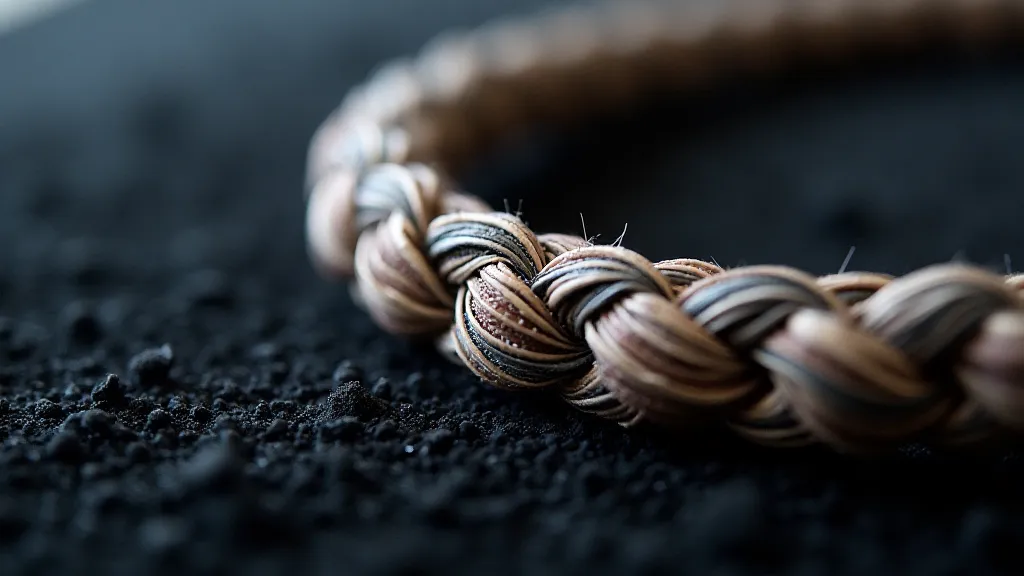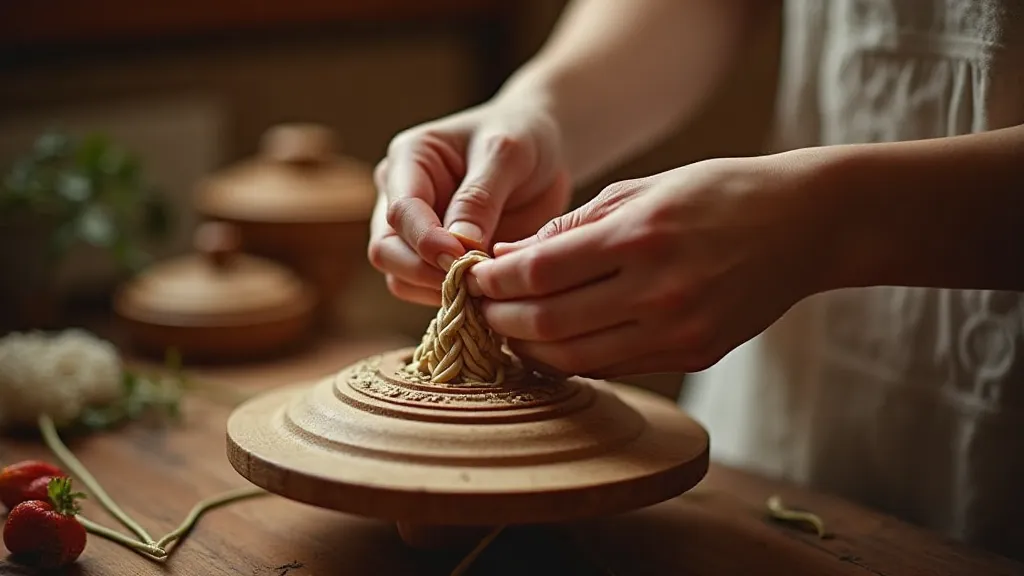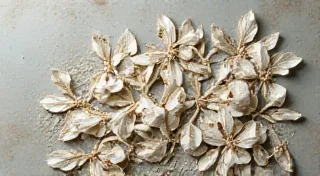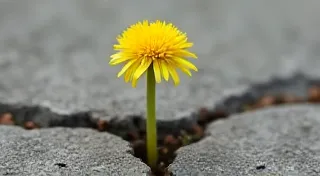Beyond the Pattern: Discovering the Hidden Mathematics of Kumihimo
There's a quiet beauty in old things, a resonance born not just of age but of countless unseen hands shaping and refining their craft. I’m thinking of my grandfather’s antique accordion, a hulking mass of bellows, keys, and intricate mechanisms. It sits in my study, a silent testament to a forgotten era of musical artistry. Just like the accordion, with its delicate interplay of metal and air, Kumihimo braiding possesses a depth of complexity often hidden beneath its seemingly simple aesthetic.
Kumihimo, the traditional Japanese art of braiding cords, isn't merely a decorative craft; it’s a visual manifestation of mathematical principles, a testament to the ingenuity of artisans who understood geometry long before the advent of formal mathematics. Many are drawn to Kumihimo for its meditative quality, the rhythmic repetition of movements that soothe the mind. But digging deeper reveals a captivating world of spirals, symmetries, and unexpected patterns – a world where artistry and mathematics intertwine.

A Glimpse into History: From Samurai Armor to Elegant Accents
The origins of Kumihimo are shrouded in some mystery, though evidence suggests its practice dates back to at least the 7th century. Early forms were likely utilitarian, serving a vital role in the creation of functional objects. Imagine the strength and durability required for the sashes of samurai armor, the ties for scrolls, or the reins for horses - all relying on expertly braided cords. These weren’t frivolous decorations; they were essential components of everyday life and battle gear.
Over time, Kumihimo evolved beyond mere functionality. The nobility embraced the craft, commissioning intricate braids for clothing adornments, purses, and other decorative items. Different braiding techniques emerged, each producing unique patterns and textures. The development of the marudai, the distinctive round braiding stand, in the 17th century, revolutionized the craft, allowing for the creation of more complex and visually stunning braids.
My grandfather, a collector of antique musical instruments, taught me to appreciate the painstaking labor involved in creating something beautiful and enduring. He's since passed, but his legacy lives on in my respect for meticulous craftsmanship – a feeling that’s intensely mirrored in the Kumihimo traditions I’m now exploring.
The Geometry of the Marudai: Unraveling the Equations
The beauty of Kumihimo lies not just in the finished product but also in the underlying mathematical structure. The marudai itself is a mathematical marvel. Its arrangement of pegs isn’t arbitrary; it’s strategically positioned to facilitate the creation of specific geometric patterns. The number of pegs and their precise location dictate the types of braids that can be produced.
Consider a simple eight-peg marudai. With just eight strands, you can create a flat braid that, when viewed from above, resembles a flattened spiral. The angle of that spiral is directly related to the spacing of the pegs. Increasing the number of pegs and altering their arrangement allows for the creation of increasingly complex spirals, interlocking patterns, and even three-dimensional forms. Each braid is essentially a visual representation of a series of mathematical equations – a dance of angles and ratios.
The process of braiding involves repeatedly rotating the bobbins and transferring strands from one peg to another. These seemingly simple movements follow a precise sequence, dictated by the desired pattern. It's a fascinating interplay of physical action and geometric consequence. The resulting braid isn't just a collection of interwoven strands; it’s a physical embodiment of a mathematical formula.
Types of Kumihimo Patterns: Spirals, Diamonds, and Beyond
The range of Kumihimo patterns is vast, each requiring a unique combination of techniques and peg arrangements. The most recognizable patterns often involve spirals, but the possibilities extend far beyond this. Diamond patterns, checkerboard designs, and even intricate, pictorial representations can be achieved with varying degrees of complexity.
The kofuji pattern, for instance, produces a flat, diagonal braid that resembles a series of interlocking diamonds. The atsugi pattern creates a bolder, wider braid, often used for sashes and obi. Each pattern has its own character and aesthetic appeal, reflecting the creativity and skill of the artisan.
What truly distinguishes experienced Kumihimo artisans is their ability to not only execute these patterns flawlessly but also to understand the underlying principles that govern them. They can often improvise, adapting existing patterns or even creating entirely new ones, demonstrating a deep understanding of the geometry at play. This is akin to a skilled musician understanding the harmonic structure of a piece of music – they can not only play the notes but also interpret and embellish the composition.

The Modern Renaissance of Kumihimo
While Kumihimo has a rich history rooted in Japanese tradition, it’s experiencing a modern renaissance, attracting a new generation of enthusiasts worldwide. Contemporary artisans are exploring innovative applications for Kumihimo, incorporating it into jewelry, fashion accessories, and even architectural installations. There’s a sense of creative exploration that's both respectful of tradition and boldly innovative.
What’s perhaps most remarkable is the accessibility of Kumihimo. While the marudai is the traditional tool, simpler braiding techniques can be practiced with readily available materials, making the craft accessible to beginners. The meditative nature of the process, coupled with the satisfying results, makes it a rewarding pursuit for people of all ages and skill levels.
Restoring an antique accordion, like creating intricate Kumihimo braids, demands patience, meticulous attention to detail, and an appreciation for the artistry of the original creator. Both practices involve more than just following instructions; they involve understanding the underlying principles and developing a deep connection to the craft.

Beyond the pattern, Kumihimo reveals a hidden world of mathematics, geometry, and artistry. It’s a craft that challenges the mind, soothes the spirit, and connects us to a rich cultural heritage. And like the echoing notes of my grandfather's accordion, the beauty of Kumihimo resonates far beyond the visual.





